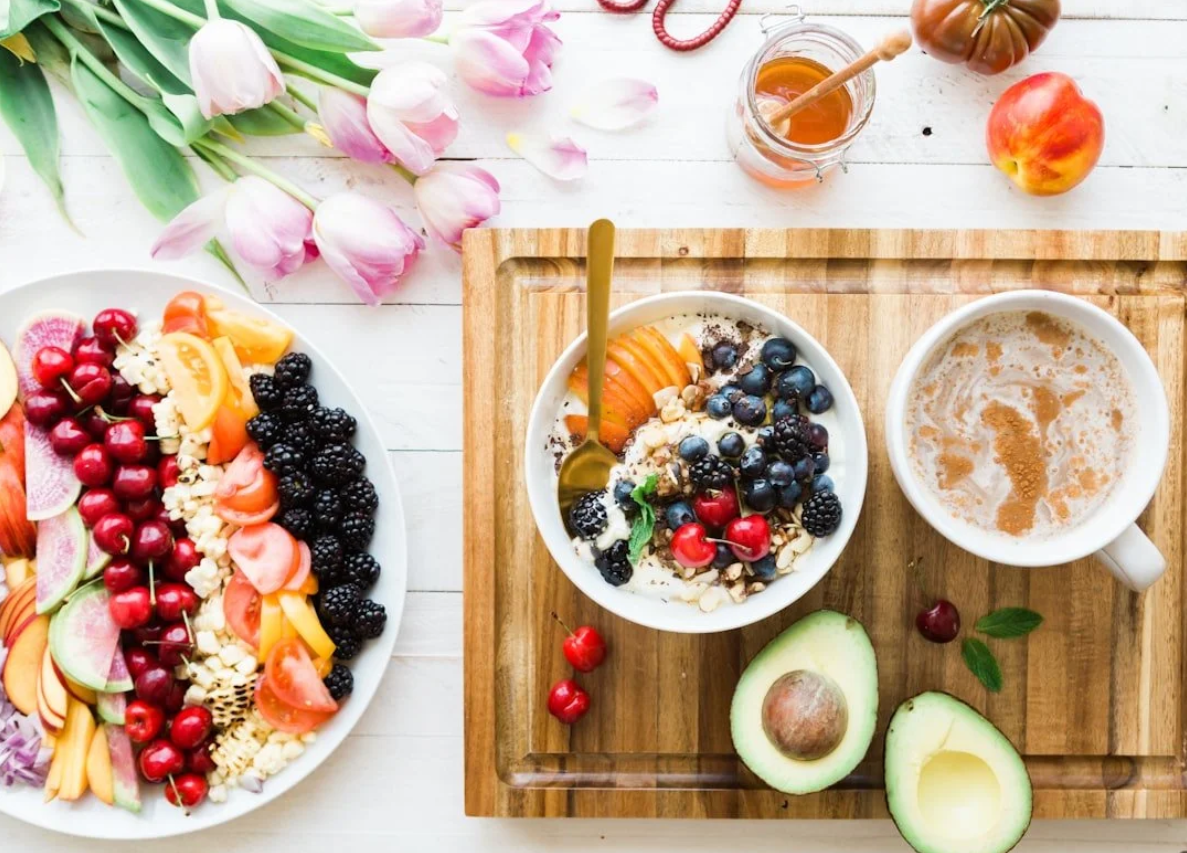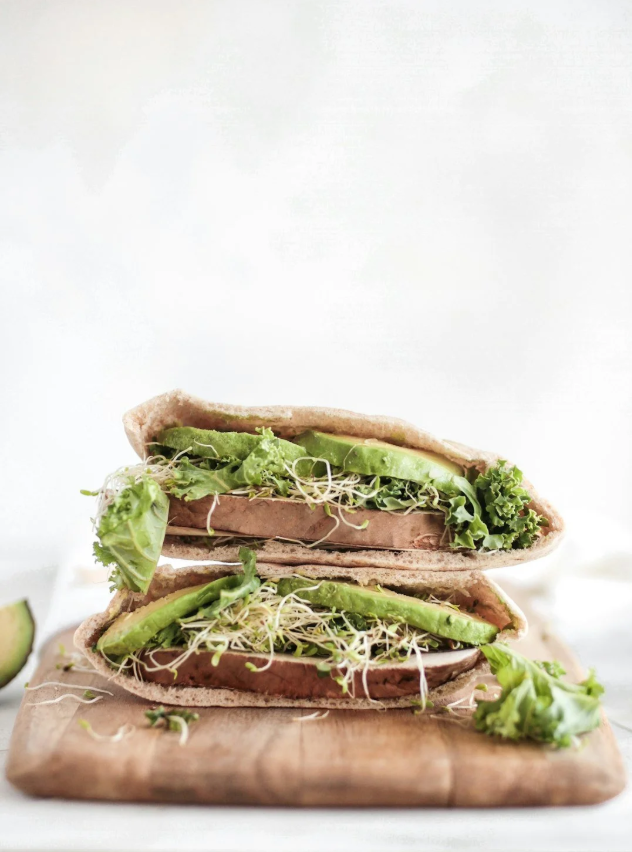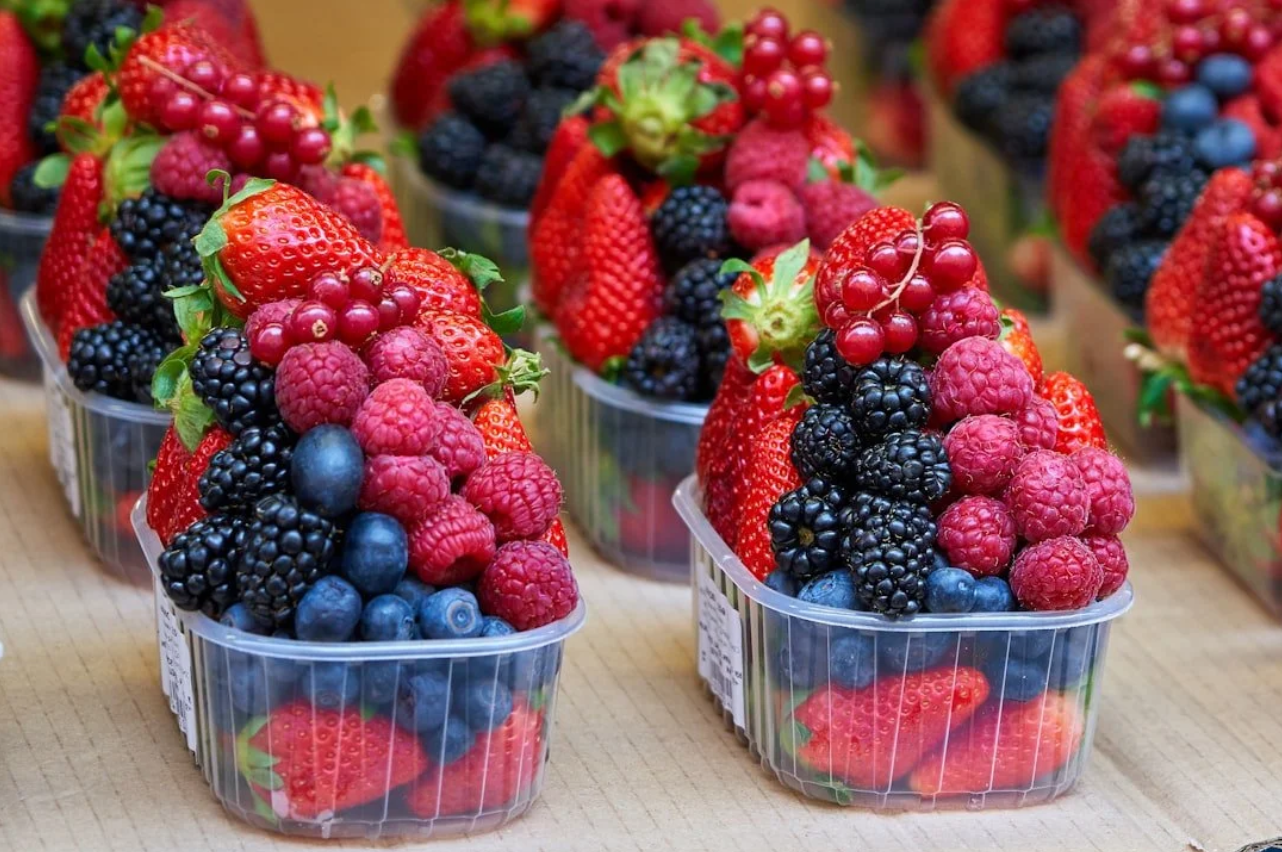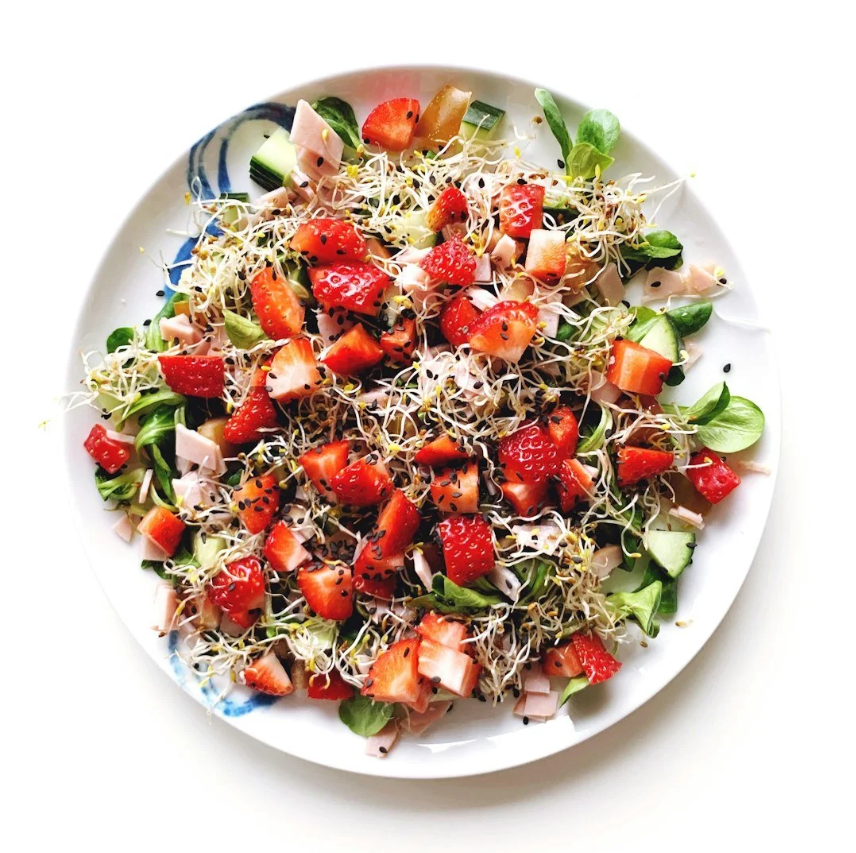10 Underrated Foods That Can Boost Your Running Performance, Recovery, and Energy
If you’re working on improving your speed, performance or recovery as a runner, you might feel like you’ve already tried everything—or you’re not sure where to start.
Here’s what I want you to know: simple, consistent habits often create the most powerful results. We all know that consistency in training is a necessity for longevity in the sport, but sometimes, it starts with unexpected things—like adding a few overlooked but supportive foods to your weekly routine.
As an ultra runner and nutrition coach for runners, I help my clients uncover what’s actually helping or hurting their performance. Today, I’m sharing 10 foods that often fly under the radar but can play a meaningful role in supporting your running journey.
In this blog post, you’ll learn:
Why these 10 foods support every runner in a gentle and realistic way
How to begin incorporating them without overhauling your entire diet
A sample day of meals to help you visualize how it all fits together
Encouraging tips to stay consistent without overthinking it
If you’re ready to nail your nutrition and finish strong in your next race, I’d love to support you inside my Race Season Reboot program. Learn more about my program here.
Let’s jump into the list!
1. Dark Leafy Greens
Think: spinach, kale, chard, beet greens, arugula
Why it helps:
These greens are loaded with vitamin C, vitamin K, iron, calcium, and anti-inflammatory antioxidants. For runners, especially women, they help replenish iron stores (critical for oxygen transport) and aid in post-run recovery by fighting oxidative stress. Bonus: the nitrates in beet greens and spinach may even help improve endurance and blood flow.
How to use it:
Add greens to smoothies, sauté with garlic and olive oil, toss into grain bowls, or stir into soups and stews. Pair with healthy fats (like avocado or olive oil) to boost the absorption of fat-soluble nutrients.
2. Beans (Black Beans, Lentils, Chickpeas)
Why it helps:
Beans are fiber-packed powerhouses rich in plant protein, B vitamins, magnesium, and iron. They help stabilize blood sugar, improve gut health, and support steady energy—especially useful for athletes dealing with hormone fluctuations or GI distress.
How to use it:
Add black beans to tacos or burrito bowls, toss lentils into soups and salads, or blend chickpeas into homemade hummus or roll them into some yummy energy bites.
Greens and Beans
They pack a punch and go well together. Whether in soups, salads or bowls, you can’t go wrong.
3. Avocados
Why it helps:
Avocados are rich in monounsaturated fats, potassium, fiber, and vitamin E—nutrients that support cellular repair, hormone balance, and hydration (potassium actually outshines bananas here). The healthy fats also help reduce inflammation and keep you feeling full longer.
How to use it:
Spread avocado on toast with eggs, mash it into rice bowls, blend it into smoothies for creaminess, or slice it into tacos and wraps.
4. Cruciferous Vegetables (Broccoli, Cauliflower, Brussels Sprouts)
Why it helps:
Cruciferous vegetables support estrogen metabolism and detoxification—key for hormone balance, especially in female athletes. They’re high in fiber, vitamin C, and sulfur-containing compounds that promote liver function and cellular repair.
How to use it:
Roast them until crispy, shred into salads and slaws, steam and top with a tahini dressing, or toss into stir-fries with tofu or lean protein.
Super Sprouts
Did you know that sprouts are one of the most nutrient dense foods for their size?? They pack an incredible amount of vitamins and minerals in their small and yummy form.
5. Sweet Potatoes
Why it helps:
Sweet potatoes provide complex carbs, beta-carotene, vitamin C, and potassium. They’re ideal for refueling glycogen stores after a long run and supporting immune health during intense training phases.
How to use it:
My favourite is to bake them and stuff them with beans, cheese and greens! You can also slice into wedges for air fryer “fries,” or mash with cinnamon and almond butter as a cozy post-run snack.
6. Wild-Caught Salmon
Why it helps:
Salmon is rich in omega-3 fatty acids (EPA and DHA), high-quality protein, vitamin D, and selenium. These nutrients help regulate inflammation, support mood, promote joint health, and aid in muscle repair.
How to use it:
Bake or grill salmon fillets and serve with roasted potatoes or rice. Try flaked salmon in salads or use leftover cooked salmon to make burgers with avocado sauce.
Tasty treat
Whether it’s canned, smoked, grilled or baked, salmon offers a perfect protein that’s good with any side.
7. Berries (Blueberries, Raspberries, Cherries)
Why it helps:
Berries are antioxidant-rich and help counteract oxidative stress from high mileage and hard workouts. They’re also low glycemic, making them a great carb source for blood sugar balance. Bonus: tart cherries may help reduce DOMS (delayed onset muscle soreness) and are best found in juice or frozen.
How to use it:
Add to oatmeal or yogurt, blend into recovery smoothies, or eat with a handful of nuts for a balanced snack.
8. Potatoes (White, Yellow, Purple)
Why it helps:
Potatoes can be a runner’s best friend! They are a fantastic source of potassium, vitamin C, resistant starch, and complex carbs for sustained energy. They’re also easy to digest—making them a great option pre- or post-run and even make it on the trail with me on those extra long trail days!.
How to use it:
Boil, roast, or mash and pair with protein. Make potato “toast” topped with eggs or avocado, or dice into a breakfast hash.
Fresh vs Frozen
Frozen fruits and veggies are an excellent and more cost effective way to get the most nutrients because they are often packed and frozen at peak ripeness and nutrient density.
9. Pumpkin Seeds (Pepitas)
Why it helps:
These small-but-mighty seeds are rich in magnesium, zinc, and healthy fats. They support restful sleep (hello magnesium), immunity (zinc), and hormone production—especially helpful for runners under heavy training loads.
How to use it:
Snack on them roasted, sprinkle into salads or overnight oats, or blend into smoothies, add to trail mix and homemade bars.
10. Brewer’s Yeast
Why it helps:
Brewer’s yeast is a nutritional goldmine—offering B vitamins, chromium, selenium, and protein. It supports gut health, mood regulation, blood sugar control, and helps maintain a healthy metabolism, especially useful during peak training. It was even found to decrease the onset of respiratory infections 4 weeks following a marathoner in a study published by the Journal of Spots Science and Medicine following runners at the Carlsbad Marathon as compared to placebo.
How to use it:
Sprinkle it on popcorn or roasted veggies for a cheesy flavor boost, stir into soups or sauces, or blend into smoothies with banana and almond milk.
Sprinkles with a Punch
Nuts, seeds, sprouts and brewers yeast are a great way to add more nutrients into many meals like salads, soups and bowls.
How It All Comes Together: A Sample Day of Meals
Here’s how these foods might show up in a real-life runner’s meal plan:
Breakfast:
Oatmeal with flaxseeds, berries, almond butter + coffee or tea
Lunch:
Grain bowl with quinoa, roasted sweet potatoes, black beans, sautéed greens, and avocado + pumpkin seeds and brewers yeast sprinkled on top
Snack:
Hard-boiled eggs + a banana + handful of pepitas
Dinner:
Grilled wild salmon, mashed potatoes, and steamed broccoli with olive oil drizzle
Evening wind-down:
Tart cherry mocktail or herbal tea + dark chocolate square
Just ask!
I love helping clients develop meal plans that pack all the nutrients that they need into meal plans and recipe books!
Final Thoughts
Improving your running performance doesn’t have to mean following a strict plan or doing everything perfectly. Often, it’s the simple, consistent shifts — like including a few supportive foods each week — that create the biggest impact over time.
As you begin experimenting with adding in new foods, here are a few things to keep in mind:
Start with just 1–2 changes that feel doable right now
Focus on consistency, not perfection. Progress adds up
Pay attention to how your body responds and make adjustments as needed
Let go of “all or nothing” thinking. It’s okay to move at your own pace
If something doesn’t feel like a fit, swap it out for what works better for you
This is your permission slip to keep it simple, stay curious, and trust that small steps really do matter.
You don’t need to do everything at once. You just need a starting point — and this list of foods could be a great one.
Want a personalized plan built for your body, your training, and your goals?
Learn more about my program here.
Like this post and want to read more? Check out my other resources:








